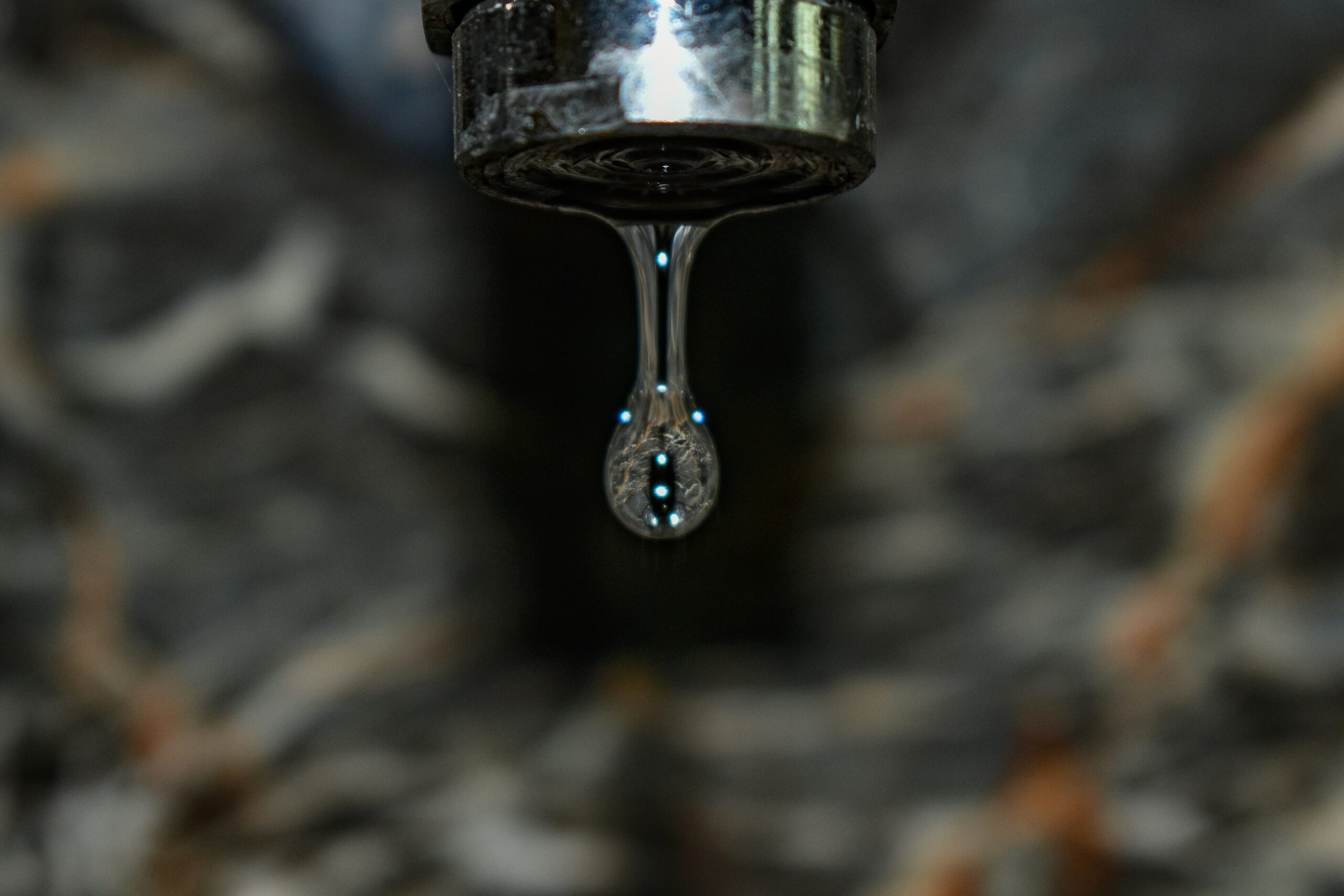Causes and Solutions for Low Water Pressure in Mobile Homes
Low water pressure in mobile homes is a common occurrence – you’re not alone.
Many older mobile homes, especially those with aging plumbing systems, suffer from restricted water flow due to corroded pipes, clogged fixtures, or faulty pressure regulators. In this guide, we’ll explore the most common causes of low water pressure in mobile homes and provide step-by-step solutions to restore strong and consistent water flow.
Causes and Solutions for Low Water Pressure in Mobile Homes
Clogged faucet aerators & showerheads reducing water pressure
Cause: Mineral buildup inside faucet aerators and showerheads can reduce water flow.
Solution: Clean or replace aerators and showerheads.
Materials Needed:
- White vinegar
- Small brush
- Adjustable wrench
Step-by-Step Fix:
- Remove the aerator or showerhead using an adjustable wrench.
- Soak it in vinegar for several hours.
- Scrub off mineral deposits with a brush.
- Reinstall and test the water flow.
Failing pressure regulator
Cause: If your home has a pressure regulator and it fails, it may restrict water flow, leading to low pressure.
Solution: Test the regulator with a pressure gauge and replace it if necessary.
Materials Needed:
- Water pressure gauge
- Adjustable wrench
- Replacement pressure regulator
Step-by-Step Fix:
- Attach a pressure gauge to an outdoor faucet and turn on the water.
- If pressure is below 40 psi, the regulator may need replacing.
- Locate the regulator near the main water shut-off valve.
- Use an adjustable wrench to remove the old regulator.
- Install a new one, ensuring it is set to the correct pressure level (50-60 psi recommended).
Clogged or blocked pipes cutting water pressure in your mobile home
Cause: Mineral buildup from hard water, rust, or debris can partially block pipes, reducing water flow.
Solution: Flush pipes with vinegar solution or use a plumbing snake.
Materials Needed:
- White vinegar
- Bucket
- Plumbing snake
- Pipe brush
Step-by-Step Fix:
- Shut off the water supply.
- Pour a vinegar solution into the pipes and let it sit for several hours.
- Use a plumbing snake or brush to remove debris.
- Turn the water back on and check for improvement.
Hopefully not a malfunctioning water heater
Cause: If only hot water has low pressure, the water heater may have sediment buildup.
Solution: Flush the water heater.
Materials Needed:
- Garden hose
- Bucket
- Adjustable wrench
Step-by-Step Fix:
- Turn off the water heater.
- Attach a garden hose to the drain valve.
- Open the valve and let the water drain into a bucket.
- Refill the tank and check for improved pressure.
Aging and corroded pipes affecting water pressure in your mobile home
Cause: Many older mobile homes (especially those with galvanized steel pipes) experience reduced water pressure due to internal corrosion and rust buildup, which restricts water flow over time.
Solution: Replace old galvanized pipes with modern materials such as PEX or CPVC.
Materials Needed:
- PEX pipes and fittings
- Pipe cutter
- Crimping tool
- Pipe wrench
- Teflon tape
Step-by-Step Fix:
- Shut off the main water supply.
- Cut out sections of corroded pipe using a pipe cutter.
- Install PEX or CPVC pipes using appropriate fittings.
- Secure connections with crimping tools or solvent cement.
- Turn water back on and check for leaks.
Leaking pipes in your mobile home
Cause: Small leaks in underground or interior pipes can cause a drop in water pressure.
Solution: Inspect pipes for leaks and repair or replace affected sections.
Materials Needed:
- Leak detection dye
- Pipe sealant or plumber’s tape
- Replacement pipe sections
Step-by-Step Fix:
- Check for damp spots under sinks and along walls.
- Apply leak detection dye to identify hidden leaks.
- Seal small leaks with pipe sealant.
- Replace severely damaged sections of pipe if necessary.
Do you have undersized water supply lines?
Cause: Older mobile homes often have narrow water lines (1/2-inch instead of modern 3/4-inch or 1-inch).
Solution: Upgrade to larger-diameter pipes.
Materials Needed:
- PEX or CPVC pipes (3/4-inch or larger)
- Pipe cutter
- Crimping tool
Step-by-Step Fix:
- Identify sections of small-diameter pipe.
- Shut off the water and remove old pipes.
- Install new, larger-diameter pipes.
- Test water pressure after installation.
Final Recommendations
Use a whole-house water filter to reduce sediment buildup.
If pressure issues persist, consider installing a water pressure booster.
Regular maintenance of pipes and fixtures can prevent future issues.

